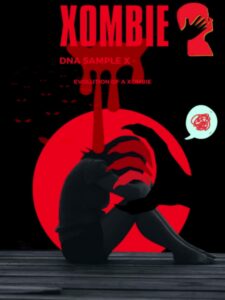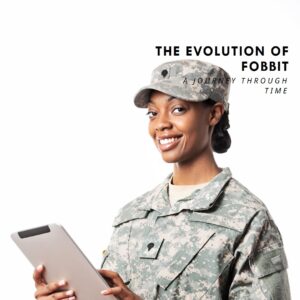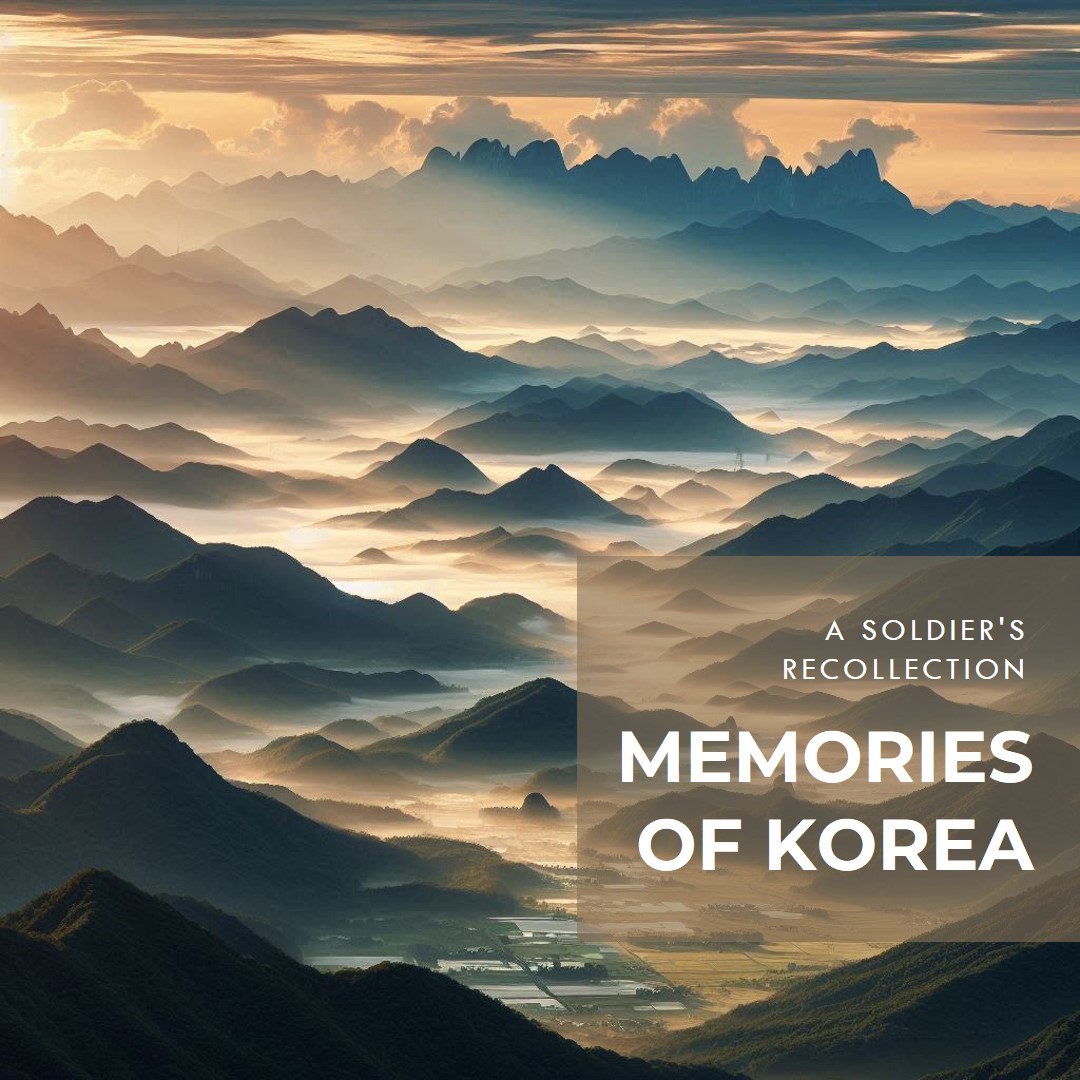
What was it like to be stationed in Korea in 1983, Weapons Support Detachment?
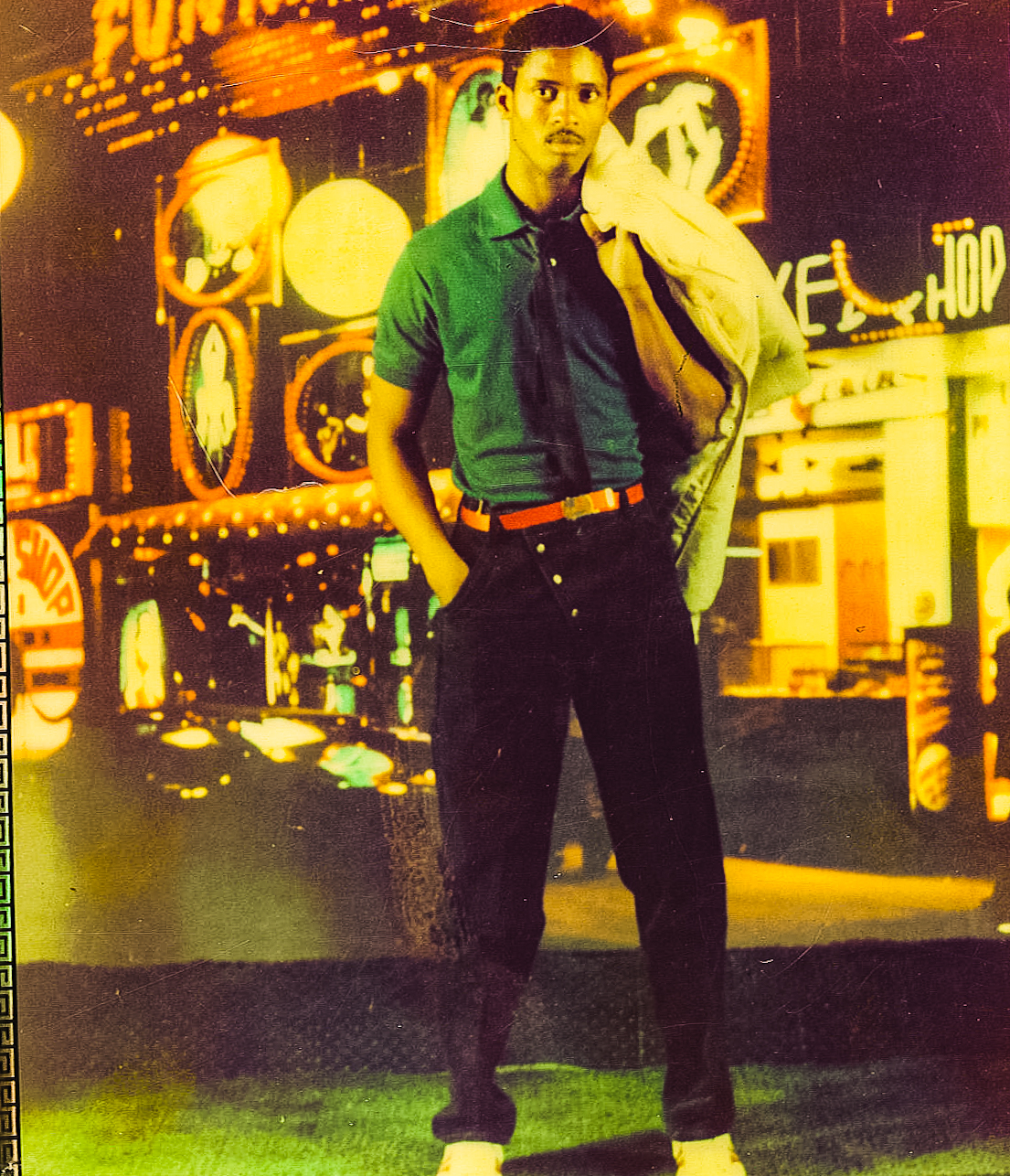
K Tyler
I was ordered to join the 19th Support Command at Camp Page in Chuncheon despite my misgivings. Camp Page (K-47 Air Base) near Chuncheon, South Korea, closed on April 1, 2005. The Kangwon province walled 157.2 acres in Chuncheon City, 48 miles north of Seoul. (Camp Page) Seoul-Chuncheon bus journey takes 2 1/2 hours uphill over the steepest terrain. Once, we crossed a small river without a bridge. Camp Page was in the void. The scenery was gorgeous, but I wish I had taken more photos. I visited 1983–1984 BC (pre-computers). Remote Camp Page offered military troops peace and quiet. Despite being isolated, the mountains and river made camp memorable for soldiers.
I arrived at K55 Osan Air Base after taking a MAC flight from Seattle to Korea. Osan Air Base, located in South Korea, is a United States Air Force base. It is the departure and arrival point for United States government-contracted “Patriot Express” flights. Osan AB is not within Osan City, which is five miles to the north. The base is located in Gyeonggi Province, near the city of Pyeongtaek. Osan Air Base plays a crucial role in maintaining peace and stability in the region. I was immediately aware of the strong smell coming from the nearby manure-fertilized rice paddy upon arrival at Osan Air Base. The base is also home to the 51st Fighter Wing, which is responsible for providing air defense and support for U.S. and South Korean forces in the region. The unique combination of military operations and rural surroundings at Osan Air Base creates a distinctive atmosphere for visitors. Despite being located 7.5 kilometers away from Osan City, the distinct odor lingered throughout my time at the base, never quite becoming familiar or tolerable.
For those unaccustomed to strong odors, the manure stench and humid air were uncomfortable. It was a stark reminder of Osan Air Base’s agricultural surroundings, highlighting the contrast between the rural landscape and the military presence on the base. Despite its off-putting smell, the base’s unique environment served as a constant reminder. Ultimately, it added a layer of authenticity to my experience at Osan AB, giving me a glimpse into the everyday life of the local community. They processed us on a bus before sending us to our predetermined destinations. The distance between Osan AB and Seoul is about 30 miles (50 kilometers). It was primarily in a rural setting. Korea is a mountainous country. Korea was pouring a lot of effort into reforestation. There were a few small farms in the area. Korea’s farms were teeny-tiny in comparison to those in the United States. Terraced farms were common. The lush greenery surrounding the base contrasted with the urban landscape of Seoul, highlighting the diverse landscapes of South Korea. The agricultural practices observed during the journey showcased the country’s dedication to sustainability and environmental conservation.

Many Americans, such as myself, only knew about Korea in 1983 because of what Korean War veterans told them or what they saw on the popular TV show M*A*S*H. I was terrified when I first received orders to report to Korea in 1983. As a young soldier living in the southern comforts of Fort Polk, Louisiana, I’d heard a lot of stories. I was thinking about going AWOL (absent without leave), but a friend from SVC Battery 3/19 FA had orders to go to Korea, so I was relieved to know someone there. I had lived in Europe for several years and had taken many long flights, but this one was ridiculous. The flight to Korea felt like it would never end, and I couldn’t shake the feeling of uncertainty about what awaited me.
Despite my initial fears, my time in Korea turned out to be a transformative experience that I will never forget. It was my first time crossing the international date line and going “back in time.” Seoul is a massive metropolis. However, Korea’s rich agricultural heritage and commitment to environmental conservation were not widely known. The journey through the countryside provided a unique perspective on Korea’s efforts towards sustainability that went beyond its wartime history. It had the largest population of any city in the United States. Seoul drivers excelled at turning a three-lane thoroughfare into five lanes. The pony, a subcompact, was the most popular vehicle. Motorcycles frequently carried stacks of boxes on their backs. On what was once the south side of Seoul, there is a mountain known as Namsan. Due to urban sprawl, it is now central Seoul. The Namsan Tower is a radio tower that sits atop Namsan. The mountain and its tower dominate the area. The Yongsan Army Base is located in Seoul.

It serves as the command center for US forces in Korea (USFK). It is located near an army base in the Republic of Korea (ROK). The US Army base had civilian security guards armed with sidearms. The Korean Army base stationed soldiers at the gate and on the opposite side of the street. Inside the wall, there were turrets with a soldier in each one. They installed anti-vehicle spikes and an armored vehicle at the main gate. This area caters to foreigners and is located outside the gates of Yongsan Base. Most major US military bases have an area just outside the base, similar to Itaewon. Itaewon catered to international visitors in 1983. Itaewon was typical of the neighborhood immediately surrounding most large U.S. military posts. These regions were known as “Vills.” Arcades selling goods, eateries, cafes, and even nightclubs lined Itaewon’s main thoroughfare. A Wendy’s was there.
In 1988, McDonald’s finally opened its doors in Korea. From Youngsan Army Base, you could see shopkeepers and nearly every American as you walked into Itaewon in the mid-1980s. As you stroll through Itaewon, you’ll notice a gradual increase in the number of Americans. During those years, a significantly higher percentage of Americans were involved. For flights to destinations south of Korea, Korean Airlines often offered the best deals in the mid-1980s. The caveat was that they had to make a pit stop in Korea. With this, Korean tourism may really take off. Itaewon stood out due to its Islamic mosque. When Turkish forces arrived in Korea during the Korean War, Islam was born. Saudi Arabia provided funding for the mosque in Itaewon. Nightclubs and brothels lined a street just one block away from Itaewon’s main drag.

My orders specified my assignment to the 25th Replacement Company, allowing me to serve under any command in Korea. I was sure to get some combat-related duty in the Demilitarized Zone (DMZ), since my Military Occupational Skill (MOS) was combat arms 13B, a cannon crewman. My training in operating and maintaining artillery pieces prepared me for the possibility of serving in a potentially dangerous area. The thought of serving near the DMZ both excited and worried me, as I knew it would be a challenging experience. Assigning myself to DMZ duty with the 2nd Infantry Division was one of my greatest fears. The Demilitarized Zone, also known as “the top of the ROK,” serves as the station for the 2nd Infantry Division (2nd ID) of the United States Army. If they invaded, the 2nd ID would become the first U.S. ground unit to face North Korean invaders. When I arrived in the country, the 2nd ID replacement company would be my temporary duty station, where they would process me and assign my duties

Despite all my fears and doubts, I received orders to join the 19th Support Command and station myself at Camp Page in Chuncheon. Camp Page, also known as K-47 Air Base, was a former US Army base located near Chuncheon, South Korea, which closed on April 1, 2005. It enclosed 157.2 acres in North Central South Korea, near Chuncheon City, 48 miles north of Seoul, in the Kangwon province. (“Camp Page”) The bus ride from Seoul to Chuncheon took 2 1/2 hours uphill through the most inhospitable mountainous terrain. At one point, we crossed a river without using a bridge; we just crossed a shallow river. We stationed Camp Page far away from civilization in the middle of nowhere. The scenic views, on the other hand, were spectacular; I only wish I had taken more photos. I was there in 1983–1984 BC (before computers). Camp Page’s remote location provided a peaceful and serene environment for military personnel stationed there. Despite the isolation, the natural beauty of the surrounding mountains and river made it a unique and memorable experience for those who served at the camp. Chuncheon is the capital city of Gangwon Province, South Korea. To the north, rugged Obongsan Mountain houses the Buddhist Cheongpyeongsa Temple. It features a stone garden, an ancient, 3-story stone pagoda, and the secluded Guseong Waterfall. The nearby man-made Soyangho Lake is famous for springtime cherry blossoms and views of its vast dam. The Chuncheon National Museum’s exhibitions feature Goryeo-era carved statues. I was a member of the Nuclear Surety Team (NST), which proved to be intriguing. We pulled at least two missions per month, either by air or ground. The majority of my time on base consisted of learning how to perform my job, which was to assemble special ammunition that would fire a projectile downrange and have the ability to cause hell on earth. We were proficient in our work, and we collaborated effectively with our Republic of Korea counterparts. Our collaboration with our Republic of Korea counterparts allowed us to enhance our skills and ensure the safety and security of our operations. The experience I gained during my time with NST Five was invaluable and helped me develop a strong sense of responsibility and teamwork. As we pulled into a position, all we had to do was our job; the South Korean soldiers did the rest. Compared to being an artilleryman in the 2nd Infantry Division, this was a dream job. I think I spent no more than 5 nights in the field during my year-long tour in Korea. The experience of working closely with our South Korean allies was invaluable and helped strengthen the bond between our two nations. The efficiency and effectiveness of our joint operations made me proud to be a part of such a skilled team.
Our area of operations hosted two major annual military exercises: Ulchi Focus Lens and Team Spirit. During these exercises, US military personnel took up billets at hotels off base. U.S. soldiers in Battle Dress Uniforms (BDUs) with gas mask cases would occasionally appear at nearby restaurants. Many items were significantly less expensive in Korea than in the United States. In their spare time, many American personnel stationed in Seoul for the exercises went shopping. Shopping was beneficial because the Korean won-to-USD rate was so good: 500 KRW = 0.37 USD. This made shopping extra special. There were shops available where you could bring a photo of a suit, and the tailor would custom-make your outfit for $100 to $150. Nike and Puma shoes were just becoming fashionable, and you could buy a pair for less than $5. The variety of items available for purchase was vast, from traditional Korean clothing to the latest Western fashion trends. The shopping experience in Seoul was not only affordable but also culturally enriching, providing a unique opportunity to explore and appreciate Korean craftsmanship and style. Camp Page housed members of the Korean Augmentation to the United States Army (KATUSA), in addition to US military personnel. These were Korean soldiers serving in the United States Army. Katusas had to be able to communicate in English. US soldiers often used them as interpreters and translators. Katusas played a crucial role in bridging the language barrier between American personnel and the local Korean population. American personnel highly valued their language skills and cultural understanding. In addition to their interpreting duties, Katusas also received military training and worked alongside US soldiers on various missions and exercises. The close partnership between American troops and Katusas created a strong alliance and fostered mutual respect between the two military forces. Sergeant Chin, our Katusa, demonstrated his kindness and hospitality by inviting us to his home for a meal. Chin’s willingness to invite us into his home showcased the strong bond and camaraderie that existed between Katusas and American soldiers. I discovered a tremendous love for the bulgogi and rice dishes, as well as the special sauce that made the meal wonderful. This cultural exchange further enhanced our understanding and appreciation for the Korean culture and strengthened our partnership in achieving common military objectives. Even though we had similar ranks, we did not have the same pay. As I recall, my monthly pay was nearly four times that of SGT Chin’s; it was a terrible situation, but that was the reality of Korea in 1983. The stark difference in pay highlighted the economic disparities between our two countries, but it did not diminish the mutual respect and friendship we had for each other. Despite the financial divide, our shared experiences and camaraderie surpassed monetary differences.
My assignment to a support detachment turned out to be the best of my military career. Our 2nd Infantry Division comrades did not have access to the same luxuries that we did. Unlike our 2nd Infantry Division counterparts, we had the freedom to keep our daytime passes. If you were part of the generation that remembered the television series Gomer Pyle, then you could imagine what our barracks looked like. Our accommodations resembled the qunoson huts from the TV series. Camp Page was a small base, but it provided everything a person could need. Camp Page boasted the best mess in the 8th Army, featuring a PX, commissary, enlisted and NCO club, gym, and an Olympic-sized pool. The shopping experience was quite favorable due to the low cost of everything. Electronics, custom-made suits, name-brand shoes, and anything else you could wear were all on sale for a low price. The best part was that you could get a drink and entertain the opposite sex at a cost of only $20. The Enlisted Club became my go-to spot not just for affordable drinks and socializing but also for the delicious BLT sandwiches that never disappointed. The combination of crispy bacon, fresh lettuce, juicy tomatoes, and perfectly toasted bread was truly unforgettable. My job there was just as classified as the base itself, but it was satisfying because we never worked with US soldiers; our mission required us to work on the front lines with our South Korean counterparts. We were responsible for providing support and resources to ensure the safety and success of our allies. Each month, we had at least one air mission, where we flew on Blackhawks to our destination, or a ground mission, where we navigated through challenging terrain to reach our objectives and complete the mission successfully. In Korea, I learned a crucial field lesson for soldiers. This was before the Off Mosquito and Insect Repellent became so popular. We were able to acquire “skin so soft,” a product that was available to Avon salespeople, usually military spouses trying to earn part-time wages. This turned out to be the best mosquito repellent that money could buy. The summer months in Korea were horrid, with bugs, gnats, mosquitoes, and flies swarming like bees. It was almost enough to drive a person crazy, but eventually you got used to it. This was a virtual soldier’s paradise. The “ville” (short for village) basically began when you crossed the street from the main gate. You’ll find a variety of shops, restaurants, and bars catering to soldiers and airmen on base. Sleeping off-base during the winter could be hazardous if you weren’t careful. Carbon monoxide poisoning became much more common in the 1980s, killing a lot more people. For hundreds of years, traditional Korean society replaced firewood, a fuel source, with coal briquettes. Each year, at least one or two soldiers die from these heaters. Food poisoning was another issue. On base, one of the medics’ responsibilities was to go out to the village and inspect places that sold hot meals to soldiers, such as Yakimondu. They would check for proper food handling and storage to prevent any outbreaks of foodborne illnesses among the troops. Additionally, they encouraged soldiers to dine at the base’s dining facilities to mitigate the risk of food poisoning from outside vendors. During the middle of my year-long tour in Korea, we started getting new soldiers from Fort Bragg. Many of these soldiers came with combat patches and combat action badges for their participation in the Grenada rescue operation. This made many of us feel inadequate, as it elevated them above everyone else on the promotion ladder. Those two awards alone were like thirty promotion points. I was disappointed because I missed my chance to be a real soldier and finally see combat.
In those days, the US military experienced a dark period due to the infiltration of gang members and the Klan into the Army. We had actual card-carrying Ku Klux Klan soldiers in our unit that I worked with every day. It was a different time. The presence of gang members and Klan affiliates within the Army posed a significant challenge to maintaining order and discipline among the troops. We faced these challenges and worked to protect all soldiers. Our command was at a loss and didn’t know how to handle the situation. I think this is when they changed recruiting practices by asking if you had any affiliations with gangs or extremist groups. Later, they expanded this practice by inspecting soldiers at the induction centers for tattoos related to gangs or extremism. The fact that some of these Klan members were mid-level NCOs significantly impacted our unit’s performance. After a disagreement with one of them, they placed me on lifeguard duty for the remainder of my Korea tour. Therefore, the Army removed me from the unit to prevent any potential “complications.” In 1983, this was the US Army’s 19th Support Command, Camp Page, Weapons Support Detachment Korea.
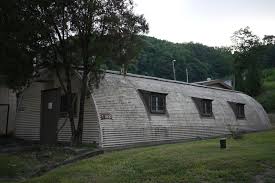
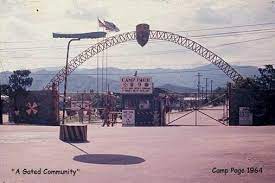
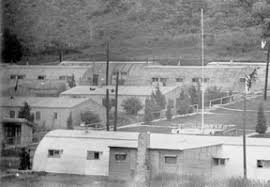
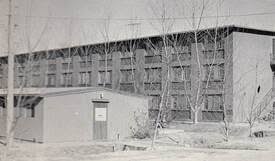
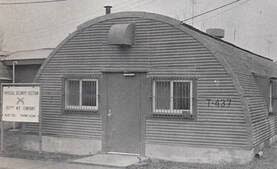
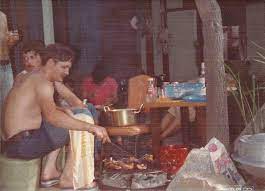
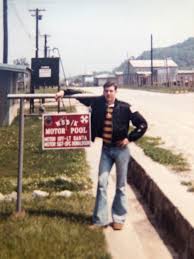
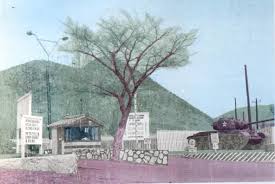
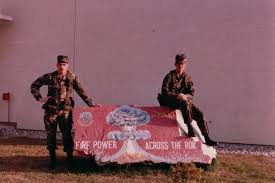
I experienced several incidents during my 12-month stay in Korea.
- US and ROK forces discovered at least three infiltration tunnels. Crawling through a tunnel was the first one discovered. A truck could travel through the largest tunnel. In 1983, researchers discovered three infiltration tunnels under the DMZ, which were large enough to accommodate thousands of troops per hour. Though much rarer than during the 1960s, infiltration attempts and firefights still occurred on occasion in the 1970s and 1980s. (Hondo, This may not be as bad as it seems, but you will be able to witness it from here in 2022.
- Two incidents involving ROK patrol boats spotting North Korean speed boats in ROK waters have occurred. The speedboats opened fire in both cases and attempted to flee. They didn’t make it very far. In one instance, the ROK patrol boat was able to blow the speed boat out of the water. In the other incident, a patrol boat from the Republic of Korea opened fire on the boat, killing the crew. The UN contingent brought the speed boat to Panmunjom to protest North Korea’s violation of the cease-fire agreement.
- The pilot and navigator of a Chinese Air Force Ilyushin Il-28 defected to South Korea on August 25, 1984. The pilot and navigator attempted an emergency field landing. The Il-28 crashed, killing the navigator, Sun Wuchun, as well as a Korean civilian on the ground. Liu Shuyi, the tail gunner on the Il-28, was completely unaware of the defection attempt. South Korea returned Liu Shuyi to the People’s Republic of China. The Republic of China Air Force promoted the pilot, Xiao Tianrun, to colonel after he defected. South Korea returned Liu Shuyi to the People’s Republic of China, where he faced severe punishment for his involvement in the defection attempt.
- One of the most publicized defections occurred on February 25, 1983. Lee Woong-pyung flew his Soviet-supplied MiG-19 fighter jet across the border. More than two million jubilant South Koreans cheered as a massive parade welcomed him to the South. According to CBS News in 2022, a North Korean soldier defected to the South by crossing the DMZ on foot.
- If this does not qualify under the title “Fun, Travel, and Adventure,” then nothing does. This year marked the pinnacle of my adult life.

